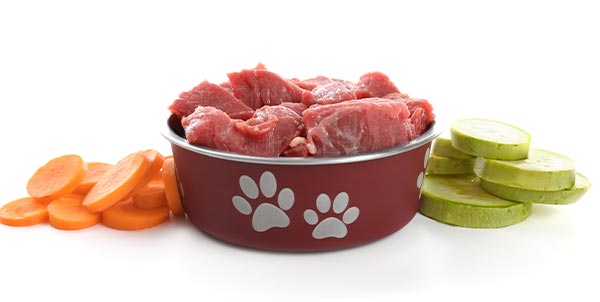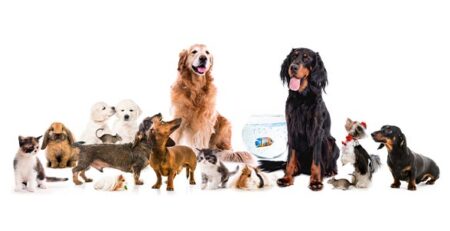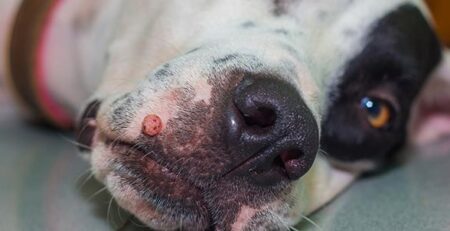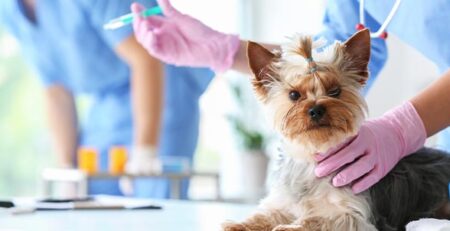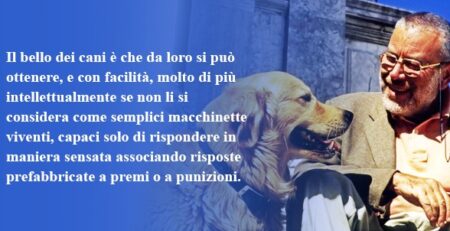Table of Contents
Dog and cat nutrition: here’s the one suitable for the summer season
Dog nutrition and cat nutrition: key aspects for the healthy growth and harmonious development of your pet’s bones and muscles.
Optimal physical condition is a guarantee of health, well-being and longevity.
Your pet’s balanced diet must take into account several factors: age, breed, size, coat, lifestyle, outdoor temperatures.
Summer temperatures force us to adapt appropriately in terms of both quantity and quality, dog food and cat food and in general for all our 4-legged friends.
The transition to the summer diet for dogs and cats must be gradual
Do not change it abruptly and always ask your trusted veterinarian who will be able to tell you doses, quantities, and how to prepare and serve food, both fresh and packaged.
In short, in summer it’s good to give yourself an adjustment or rather a thermoregulation.
The importance of dog and cat nutrition in thermoregulation
Muscle activity and the introduction of calories into the body generate heat. This process is referred to as THERMOGENESIS.
To maintain a constant internal temperature, each organism also tends to dissipate heat in relation to changes in environmental temperature.
The regulation of the balance between thermogenesis and heat loss is called thermoregulation.
For mammals, an environmental condition of high temperature is particularly stressful and requires the elimination of excess heat, which usually occurs through skin vasodilation, lung ventilation, and sweating.
But that’s not all: the organism of animals, as well as that of humans, goes into “protection” by slowing down its metabolism and flanking the physiological mechanisms of thermoregulation with other behavioral “remedies” such as decreased appetite and motor activity.
If in summer dogs and cats are inappetent, lazy, eat little and drink a lot, don’t be alarmed-it’s all physiologically normal.
This explains why it is important to ensure your pet’s intake of the necessary and sufficient nutrients for his daily needs and fluids in adequate amounts for proper hydration without weighing him down and promoting his digestion as much as possible.
Dog and cat feeding in summer: light but nutritious meals
The caloric intake of foods consumed by your pet should not be drastically reduced.
Instead, the amount of food given should be reduced by mixing dry and wet ingredients, the latter being strongly moisturizing.
The principle always applies that it is the sole responsibility of the veterinarian to draw up a nutritional chart suitable for your pet: food and quantities must take into account the animal’s characteristics, weight, and pathology, if any.
No to “do-it-yourself diets”-they can create deficiencies or imbalances.
Absolutely forbidden to include kitchen scraps in dog and cat food:
your pet is not a garbage disposal
!
Get your dog used to eating his meal by dividing it into two rations, morning and evening.
The cat does not like dry and wet mixed together: leave the kibble always available and the wet separately.
Place the bowls in an accessible, sheltered but well-ventilated place.
Remove leftover wet food from bowls: if rancid and ingested, it could cause gastrointestinal upset.
Water should ALWAYS be available: it should be changed several times a day and should be cool but NOT COLD or worse, frozen.
Fresh foods for dog feeding
Animal protein is the essential ingredient in the diet of any carnivorous animal.
Some of them are easier to digest than others: eggs, chicken, beef, lamb, and liver are among the meats with the highest digestibility rates.
Fish protein provides those essential fatty acids, namely OMEGA 3, that the dog is unable to produce naturally.
OMEGA 3 prevents stiff joints and imparts coat shine.
Bluefish, tuna, mackerel, cod, trout, and salmon are among the richest fish in essential amino acids, fatty acids, and minerals.
Another source of energy are grains from which the dog plant protein: corn, wheat rice, oats, and barley are energy foods that provide high nutrient intake.
Plant fibers that stimulate the functioning of the intestines, promoting the progression of food along the digestive tract: zucchini, cucumbers, green beans, carrots, celery, peas, fennel and spinach in addition to hydrating provide very useful substances for the body such as antioxidants, minerals and vitamins.
To strengthen the immune system: coconut oil, yogurt, nori seaweed, cinnamon and turmeric, which improve and stimulate metabolism and are an invaluable source of vitamins and minerals.
And parsley and mint, which help the dog purify and freshen breath.
Fresh foods for cat feeding
Many cats regulate the daily amount of food on their own regardless of whether it is dry or wet.
Cats living in apartments are the most susceptible to obesity, and even more so during the summer period, it is good to ration food amounts.
An adult cat, as a good carnivore, needs high-value protein, which must therefore come from selected cuts of beef, horse or chicken meat.
Particularly liked by cats are offal(liver, heart, lung, tripe): digestible and low in fat, they are, moreover, very palatable.
Fish is an excellent source of protein, so it is useful to incorporate it into a cat’s diet.
Cod is preferred as it is low in fat.
Dog feeding and cat feeding: dry food i.e. kibble
Dog feeding and cat feeding: pay attention to the quality of the packaged food you buy.
Learn to read labels and understand their meaning.
If you find grain as the first ingredient in the ingredients of a dry feed, then the product in question is not qualitatively ideal.
Grains used for packaging were used as filler at the expense of the more valuable meat or fish.
Remember that dogs and cats are carnivores, not vegetarians or granivores.
Check whether the product is a complete feed, capable by itself of meeting all your pet’s dietary needs, or a complementary feed to be used, that is, as a supplement.
Dog feeding, cat feeding: the well-being of your little friends starts at the bowl.
And be careful, what you find daily on your table can have serious, even deadly, consequences for your four-legged friends.
Ask for a consultation with our veterinary nutrition experts who are available to work out a personalized diet for your four-legged friend.
We remind you, also, that in case of need and urgency
The Veterinary Clinic
is operational every day h24 including holidays and with First Aid service from 8 pm to 8 am.
For the joy of seeing them HAPPY.

